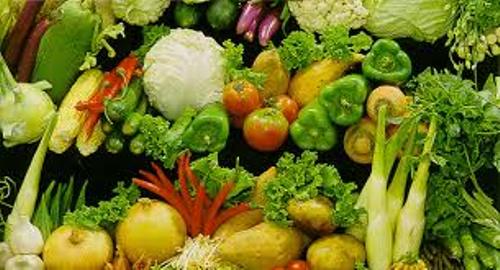10 Facts about Crop Rotation
Facts about Crop Rotation inform you with a planting technique by growing different types of crops in the similar ground. The purpose of having crops rotation is to improve crop yields, soil fertility and decrease soil erosion. The nutrients in the soil will be decreased if the farmers always plant the similar crops every season. To maintain and improve the nutrients, the crops rotation should be conducted. Here are other interesting facts about crops rotation to note:
Facts about Crop Rotation 1: the farming system
Whether you employ the organic or even conventional farming system, the crop rotation is always beneficial to do.
Facts about Crop Rotation 2: the benefits of crop rotation
Can you mention the benefits of crop rotation? Due to the varied root structures planted the ground; the biomass and fertility are increased. The buildup of pests and pathogens which occur on the soil can be mitigated because you grow different types of plants in each season. The soil nutrients can be returned because you plant different crops. Check facts about crop circle here.

Crop Rotation Book
Facts about Crop Rotation 3: the choices of crops
The farmers can decide the kinds of crops to grow on the ground depending on their personal taste. They can select the crops based on the profitability, benefits, needs, and by family.
Facts about Crop Rotation 4: the row crops
The row crop is a type of crop planted in tight rows. Vegetables are included as a type of row crop. The farmers like to grow vegetables because they are very profitable.

Crop Rotation Image
Facts about Crop Rotation 5: legumes
Clover and alfalfa are some examples of legumes. When you plant legumes, you can increase the amount of nitrogen in the soil. When you harvest the legume, the next types of plants that you will grow in the soil will receive high amount of nitrogen.
Facts about Crop Rotation 6: grasses and cereal
The farmers also choose cereal and grasses for their crops rotation because they can increase the organic matter on the soil and provide the strong root system. The unwanted plants or weed can be managed by having cereal and grasses.

Crop Rotation Pictures
Facts about Crop Rotation 7: the factors to consider
There are several factors to consider when you want to do crop rotation such as the soil type, crop types, farm size, growing techniques, climate, and many more.
Facts about Crop Rotation 8: how to increase the crop rotation
The crop rotation can be improved if you also apply other techniques. You can add the soil with manure and livestock.

Facts about Crop Rotation
Facts about Crop Rotation 9: the usage of livestock
The usage of livestock in crop rotation is beneficial because nutrient on the soil can be well distributed.
Facts about Crop Rotation 10: the multiple cropping systems
The companion planting and intercropping can be conducted to do the multiple cropping systems.

Crop Rotation
Are you interested reading facts about crop rotation?



